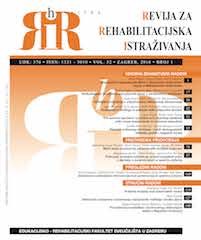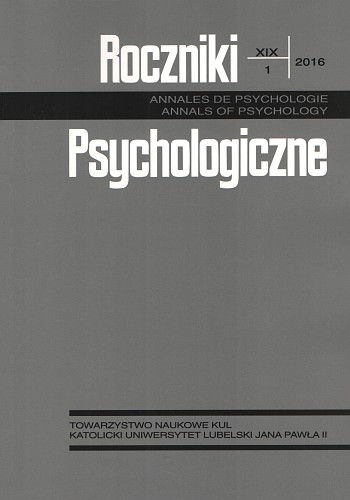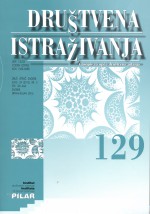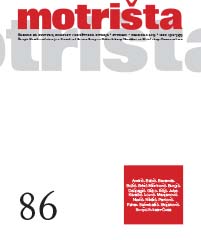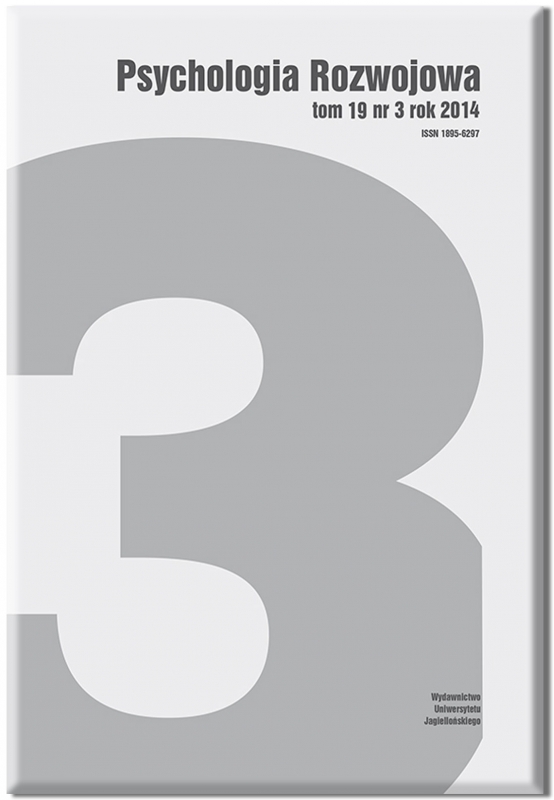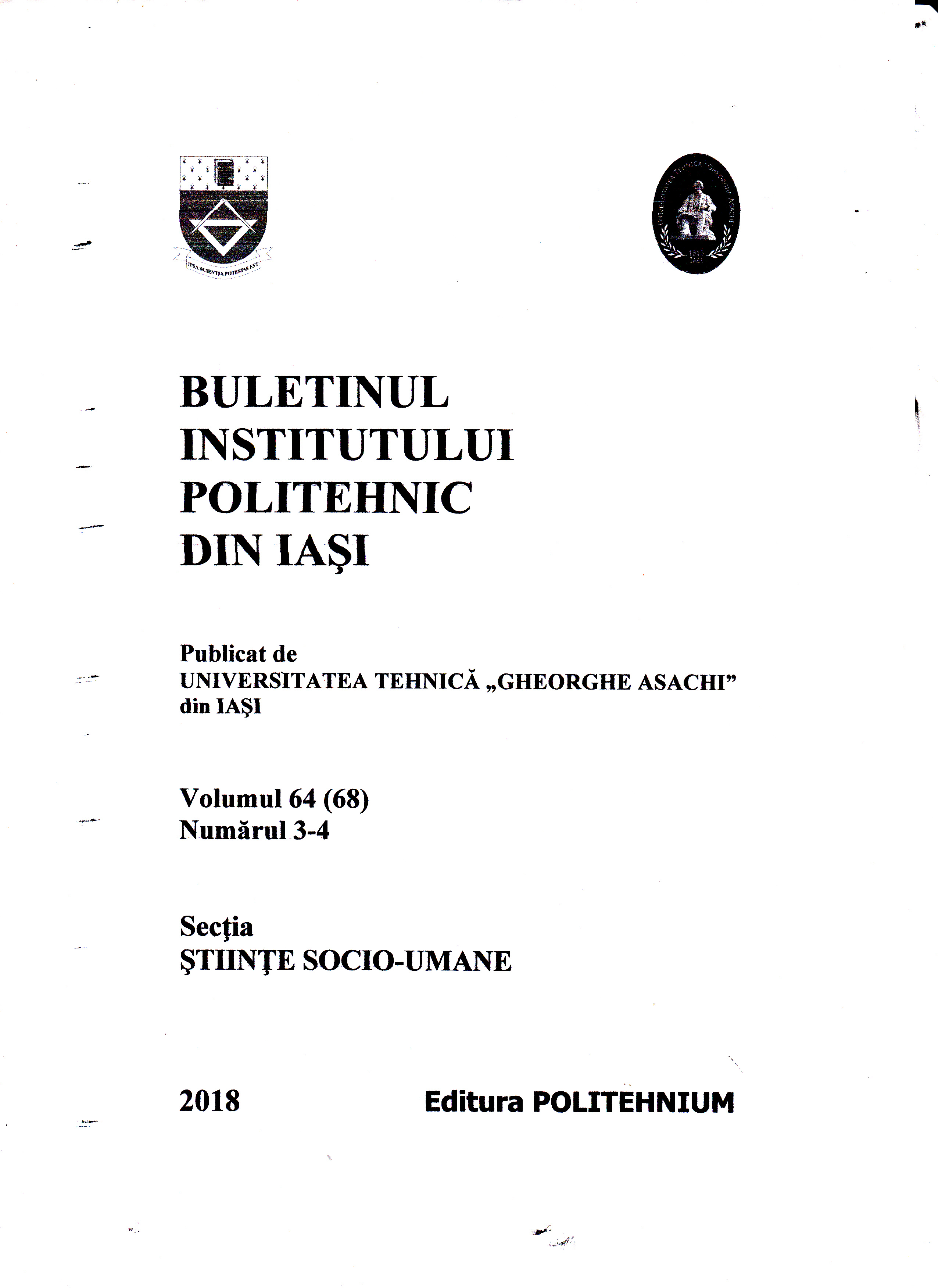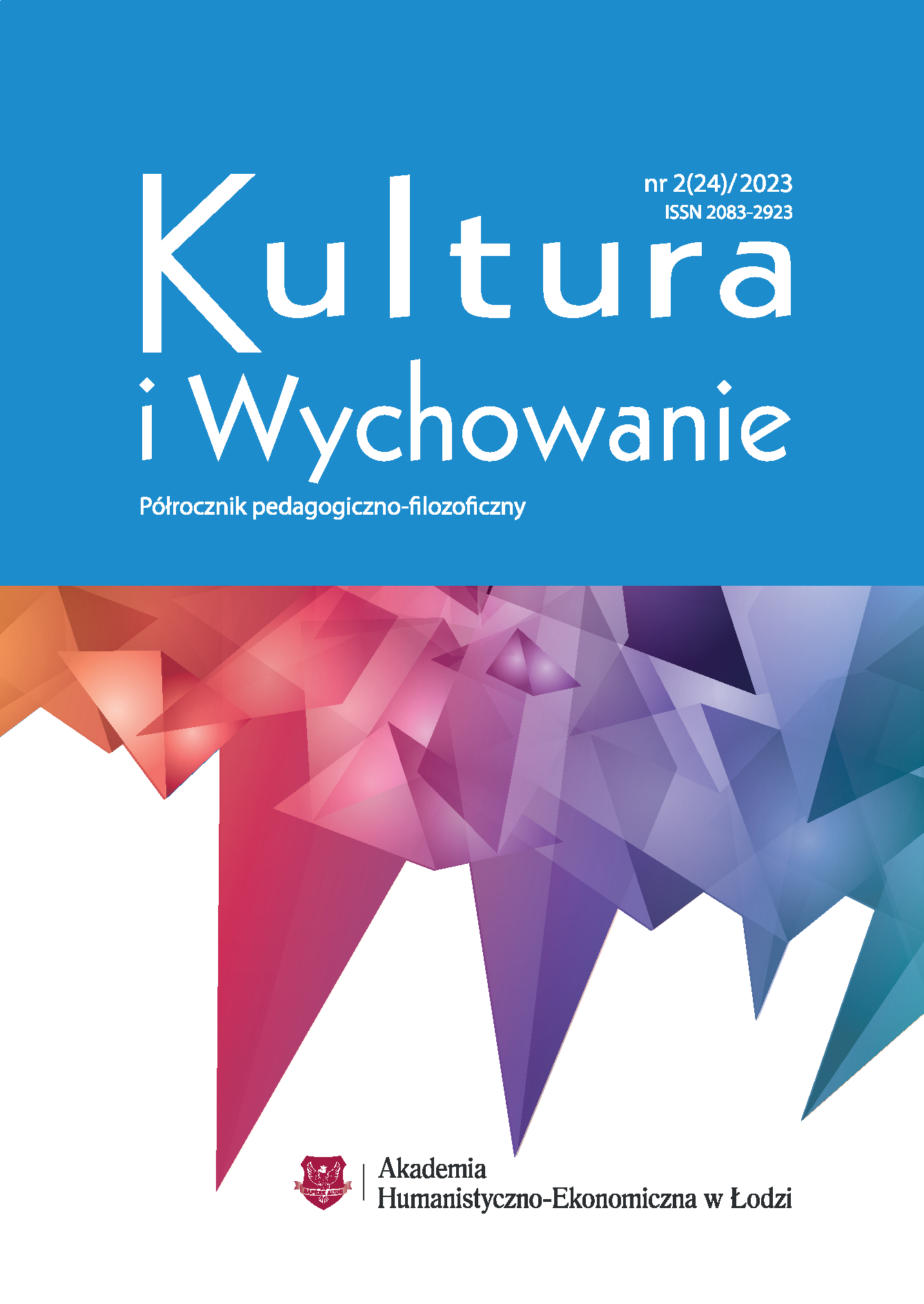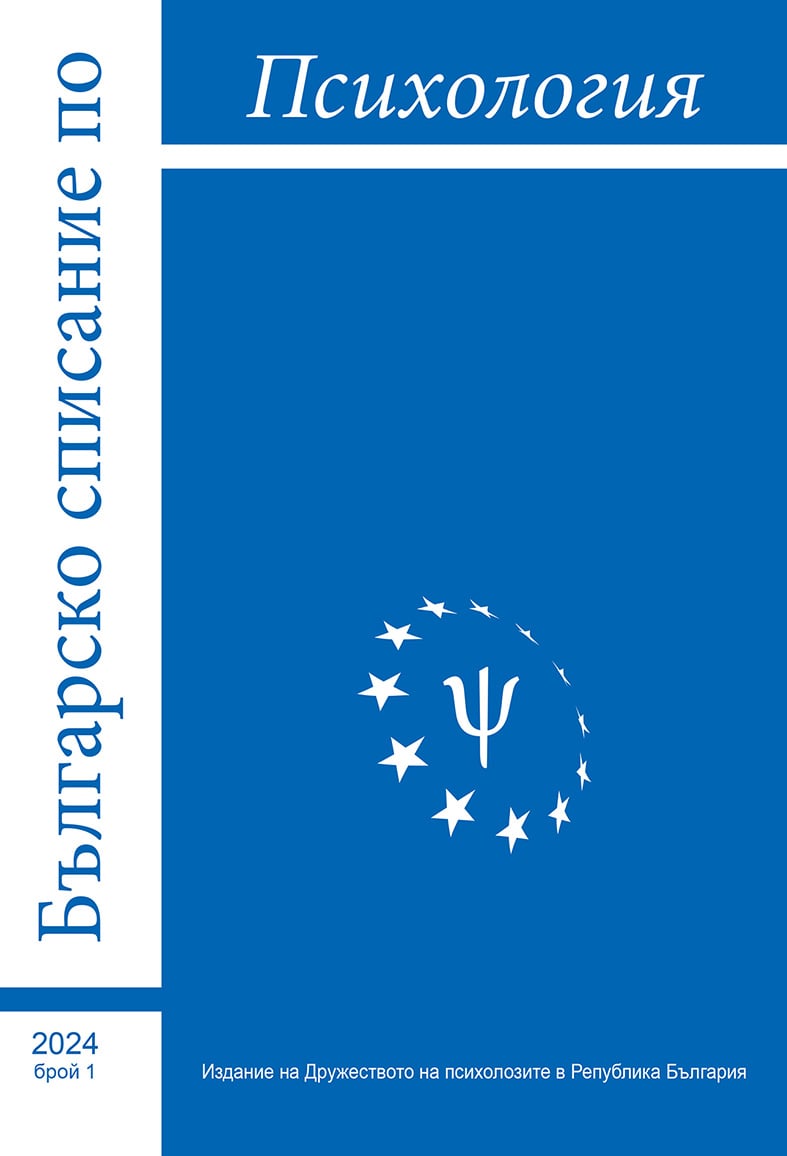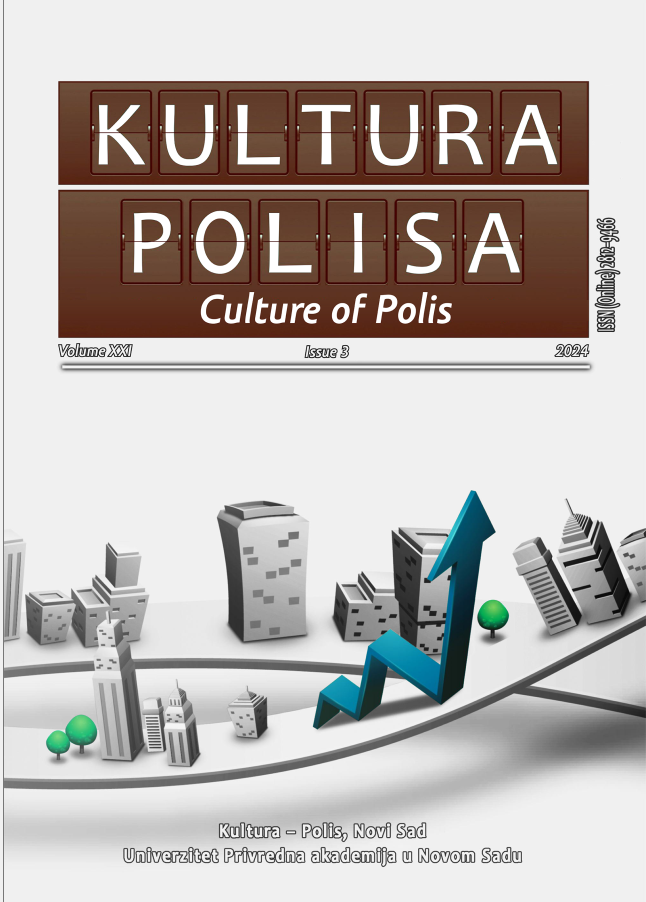Author(s): Dominika Spišáková,Beáta Ráczová / Language(s): English
Issue: 1/2020
The main aim of this article is to provide a partial overview of the current research in developmental psychology and the research into emerging adulthood in particular. It is considered essential to look at this area of psychological research as there is little understanding about this life period in Slovakia. Interest in this issue is growing only slowly, as evidenced by the current interdisciplinary project (APVV-18-0303, Nozdrovická, 2019) and several studies on this topic from the perspective of other disciplines (Džambazovič, 2018; Roupa, 2016). The lack of research on emerging adulthood persists in Slovakia despite Arnett (2000) having already brought this concept to light in developmental psychology. Arnett (2000, 2004) explains that the dominant life course theory is no longer applicable due to significant demographic shifts, including the delay of marriage and parenthood. The transition into adulthood is subsequently much longer with the period of emerging adulthood between 18-29 years being suggested as a distinct developmental stage. However, no consensus has been reached about the age range of emerging adulthood and like any other life-period, it is individually experienced in the context of a particular culture. Although Arnett (2000, 2004) considers emerging adulthood as culturally constructed and not universal, he describes the characteristics which distinguish emerging adulthood from both adolescence and young adulthood.
According to Arnett (2004), there are five features of emerging adulthood. He suggests that emerging adulthood is: the age of identity exploration, instability, self-focus, feeling in-between and possibilities. The first of these characteristics manifests itself in the exploration of available options in different domains of life, particularly in love and work. The purpose of this exploration is to find out one’s own identity. This exploration and frequently related changes in life indicate the instability of this period, although this instability is not necessarily negative. Self-focus is connected with the low social control and freedom which is experienced by emerging adults. This allows them to focus on themselves and their needs. The dimension of possibilities represents the greater opportunity of being able to change one’s life for the better, although Arnett (2004) also points out the high expectations and hopes of young people for an optimistic future. Lastly, emerging adults feel in-between which means they neither feel like adolescents nor like adults.
In order to measure these five proposed features of emerging adulthood as well as one additional dimension called “other-focus”, the Inventory of the Dimensions of Emerging Adulthood (IDEA) has been designed (Reifman, Arnett, & Colwell, 2007). This has been translated worldwide and adapted to suit different populations (e.g., Crocetti et al., 2015; Dutra-Thomé & Koller, 2017; Macek, Bejček, & Vaníčková, 2007). There are more than ten language versions of the IDEA. In this article, a summary will be provided of all adaptations of the IDEA, some of which have been well-validated with conducted factor analysis. The use of this inventory enables a better understanding of experiencing emerging adulthood. It also allows perceptions of emerging adults to be contrasted between various countries and cultures.
The expansion of research into emerging adulthood has not only been demonstrated in the number of studies on this topic but also in the count of constructs examined within the context of a lifetime. These include partnerships and romantic relationships, career, parent-child relationships, substance use and abuse, at-risk behaviour, mental health and identity development (e.g., Ravert, Stoddard, & Donnellan, 2018; Swanson, 2016). The latest research in this area (Lanctot & Poulin, 2018; Tagliabue, Crocetti, & Lanz, 2016) has focused on individuals’ experiences with the transition to adulthood by creating distinct profile groups based on clusters of the IDEA dimensions. In this context, research has begun to explore the links between adaptation issues (e.g., life satisfaction, quality of life, self-esteem, psychological well-being) and the features of emerging adulthood as captured by the IDEA (Baggio, Studer, Iglesias, Daeppen, & Gmel, 2017; Lanctot & Poulin, 2018) as well as these clusters.
One of the prospective directions in recent research has been the issue of goals. The scientific community perceives the transition to adulthood as the most heterogeneous period in human life (Arnett, 2007b). The increased degree of subjective and objective instability is reflected in the variability of life plans, goals and their revision (Luyckx, De Witte, & Goossens, 2011). As such, the developmental tasks and goals of emerging adults have gained considerable academic interest (e.g., Salmela-Aro, Aunola, & Nurmi, 2007). During emerging adulthood, personal goals related to education or friendships are replaced by work-related, family or health-related goals. This change reflects the developmental tasks of emerging adulthood as well as the transition of roles. Recent findings have confirmed that successful entry into adulthood and adaptation for adult roles depends on the ability to achieve specified normative developmental goals in emerging adulthood (Negru, 2008). Given the current trend of transferring adult social roles and fulfilling socially anticipated developmental challenges to old age (e.g., Arnett, 2018; Macek et al., 2016), this stage of life becomes important in shaping the future of an adult (Salmela-Aro et al., 2007; Messersmith & Schulenberg, 2010). In order to achieve the goals, they should be able to apply self-regulatory processes (Lovaš, Ráczová, et al., 2017; Scheier & Carver, 2003) in the form of suppressing behavioural tendencies that do not achieve the goal, the ability to overcome obstacles or the ability to decide. This is crucial as this age is considered to be one of the most critical normative life transitions (Schulenberg, Sameroff, & Cicchetti, 2004) and the issue of managing transitions and overcoming obstacles becomes very relevant during this period (Nurmi, 2004). At the same time, this raises an interest in answering questions about the specifics of self-regulation as a process of setting and achieving goals (Carver, 2005) in young people (Schulenberg, Sameroff, & Cicchetti, 2004).
Young people have a large need for exploration and experimentation. However, this is in a relatively short time period between the ages of 20 and 30. (Arnett, 2007b). This is reflected in the tendency to plan the postponement of development goals (Arnett, 2018; Macek et al., 2016) or the issue of frozen goals (an individual has decided on a given goal and feels committed to carrying out the goal but postpones implementation to another time; Davydenko, Werner, & Milyavskaya, 2019). Thus, time perspective shows itself to be another relevant researched construct, especially the emphasis on the contrast between focusing on the present and future. It represents a key cognitive-motivational variable in goal-directed behaviour (Kačmár, manuscript in preparation; Kooij, Kanfer, Betts, & Rudolph, 2018).
In conclusion, it can be seen that a common aim in a large part of the current research is to understand how emerging adults perceive and experience this time in their lives; at the same time, there is an attempt to compare young people’s perceptions and experiences across different cultures. In terms of cross-cultural comparison, a project of particular interest has been conducted in the Czech Republic. Their main intention has been to explore autonomy, identity, attachment, romantic relationships and career during emerging adulthood (e.g., Horská & Lacinová, 2015; Umemura, Lacinová, Macek, & Kunnen, 2017). As the country closest to Slovakia, it has been a great inspiration in initiating a similar investigation into emerging adulthood here. A greater awareness of this period may be beneficial to all professionals working with young people such as therapists or counsellors as well as to employers and human resource managers in the occupational context, and to emerging adults themselves in understanding the variability of this time and successfully adapting to adulthood.
More...


